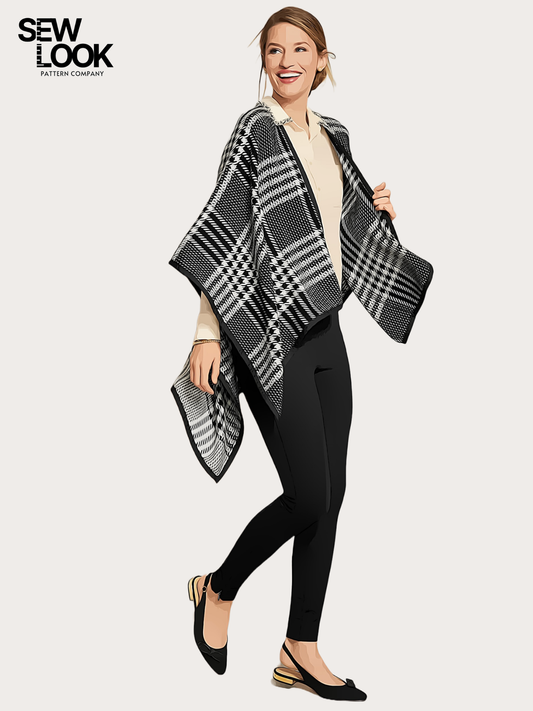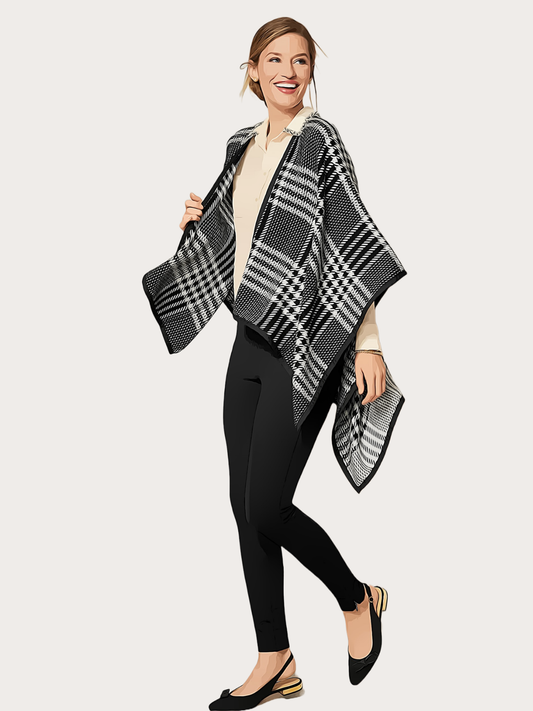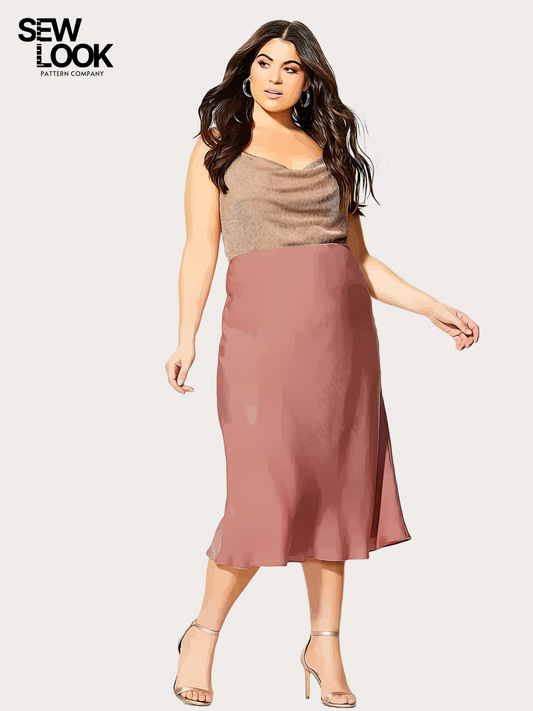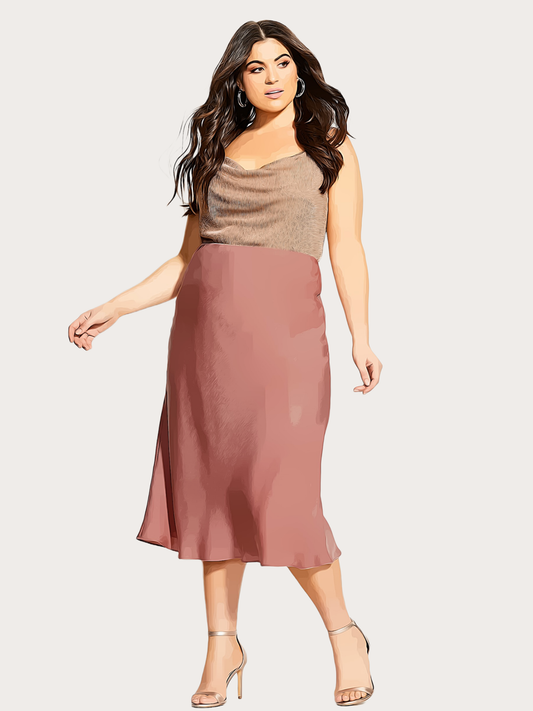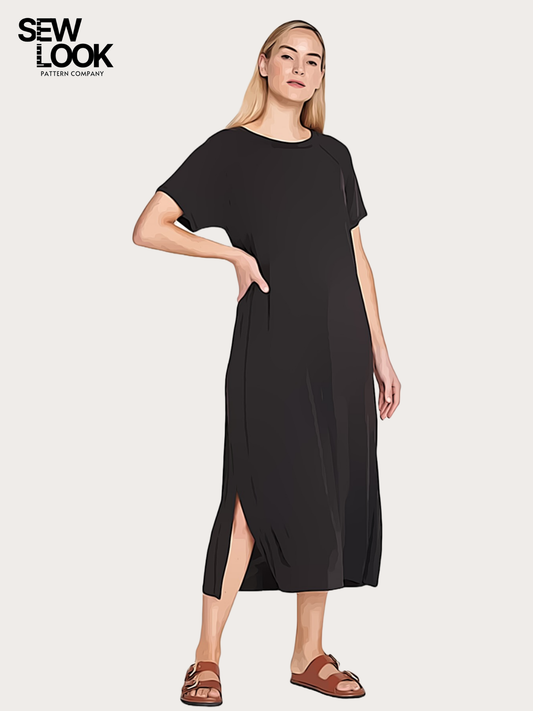Gingham Fabric
What is Gingham Fabric?
Gingham is a woven cotton fabric, or cotton blend fabric made with dyed yarn woven using a plain weave to form a checked pattern.
Typically contrasting check pattern with white or another color to create a check design.
This fabric comes in many different weights.
History of Gingham Fabric
Gingham made a splash in the 1950s, catapulting from rural origins to becoming a symbol of nostalgia and innocence. The post-World War II era embraced gingham's checkered pattern in dresses, skirts, and tops, reflecting a desire for optimism and classic femininity. Gingham has historically been associated with home wear, tablecloths and aprons. Today, gingham is also used in numerous apparel products such as dresses and tops. Gingham has had a reoccurring role in fashion summer trends throughout the past decade. And we can't see the end of gingham any time soon! It is a classic fabric to use in any fashion project.
Application and usage
Dresses, shirts, shorts, pants, trench coats, shells for outerwear, lounge wear. Gingham is a fashion icon.
Care Instructions
-
Machine or Hand wash only.Wash in cool water with a gentle soap or detergent. If stained, soak in lukewarm water with soap for five minutes. Gently rub the stain/s and rinse. Gingham is easy to clean and care for in a home laundry.
-
Line Dry - Since gingham is cotton fibers, the process of wet to dry in the standard dryer will shrink the fibers.
Gingham cotton fabric is a great material to work with – it is durable, easy to sew and the properties of cotton make it breathable & comfortable to wear. As a light-weight cotton fabric, gingham is a popular choice for summer fashion, but there's no reason not to wear the pattern all year round!
Gingham's origins trace back to rural Europe, where it was woven into cotton and linen fabrics. Its rustic charm was favored for its simplicity, making it a staple in countryside wardrobes and household items.
Beyond clothing, gingham finds its way into accessories such as shoes, handbags, and hair accessories. These subtle touches allow individuals to incorporate the pattern into their outfits in creative and personalized ways.

Designers like Carolina Herrera, Diane von Furstenberg, and Oscar de la Renta have incorporated gingham into their collections, showcasing their unique interpretations of the pattern. Additionally, high street brands and fast-fashion retailers often feature gingham in their seasonal offerings, expanding the reach of this classic pattern to a wide audience.
Hollywood further fueled gingham's popularity. Iconic actresses like Audrey Hepburn and Doris Day adorned gingham dresses on the silver screen, solidifying its association with timeless elegance and playful charm.
One of gingham's endearing qualities is its lightweight nature, which translates into comfort when worn. The fabric drapes gracefully and feels pleasant against the body, making it a popular choice for clothing and accessories.
Gingham fabric's allure extends beyond its iconic pattern – its texture offers a sensory experience that's both comforting and intriguing. Delve into the delightful texture of gingham, where simplicity meets tactile charm.
-
Classic Gingham: This is the quintessential gingham fabric featuring small, evenly spaced checks in two contrasting colors, often white and another color. It's a versatile choice for a wide range of garments.
-
Large Gingham: Also known as "macro gingham," this type features larger checks that make a bold statement. It's particularly suited for creating eye-catching garments and statement pieces.
-
Tonal Gingham: Tonal gingham features checks in different shades of the same color, creating a subtle and sophisticated effect. It offers a more understated take on the classic pattern.
-
Printed Gingham: Printed gingham imitates the appearance of a checkered pattern but is achieved through printing instead of weaving. This type allows for more intricate designs and color variations.
-
Embroidered Gingham: Gingham can also be embellished with embroidery, adding texture and depth to the fabric. Embroidered gingham is often used for dresses, blouses, and accessories.
-
Seersucker Gingham: Seersucker gingham combines the textured seersucker weave with the classic gingham pattern. It's known for its puckered texture, making it a comfortable and breathable choice for summer garments.
-
Flannel Gingham: Flannel gingham is made from a soft and cozy flannel fabric. It's perfect for colder seasons and adds a touch of comfort to shirts, pajamas, and loungewear.
-
Stretch Gingham: Stretch gingham includes spandex or elastane fibers for added stretch. This type is suitable for garments that require more mobility and flexibility, such as fitted dresses or activewear.
-
Linen Gingham: Gingham can be woven from linen fibers, adding a natural and breathable quality to the fabric. Linen gingham is often chosen for warm-weather clothing.
-
Cotton Blend Gingham: Gingham can be blended with other fibers like cotton to enhance its comfort and durability. Cotton blend gingham is a versatile choice for a variety of garments.
-
Organic Gingham: Organic gingham is made from organic cotton or other eco-friendly materials. It appeals to those who prioritize sustainable and environmentally conscious fashion.
In conclusion, Gingham has experienced periodic revivals on fashion runways, often re imagined by designers in unexpected ways. It might appear as oversized checks, asymmetrical placements, or combined with other patterns for a unique twist. Gingham's timeless appeal transcends generations. It's a pattern that's equally cherished by young trendsetters and those who appreciate classic style, making it a versatile choice for all age groups. Happy Stitching! - Sew Look
